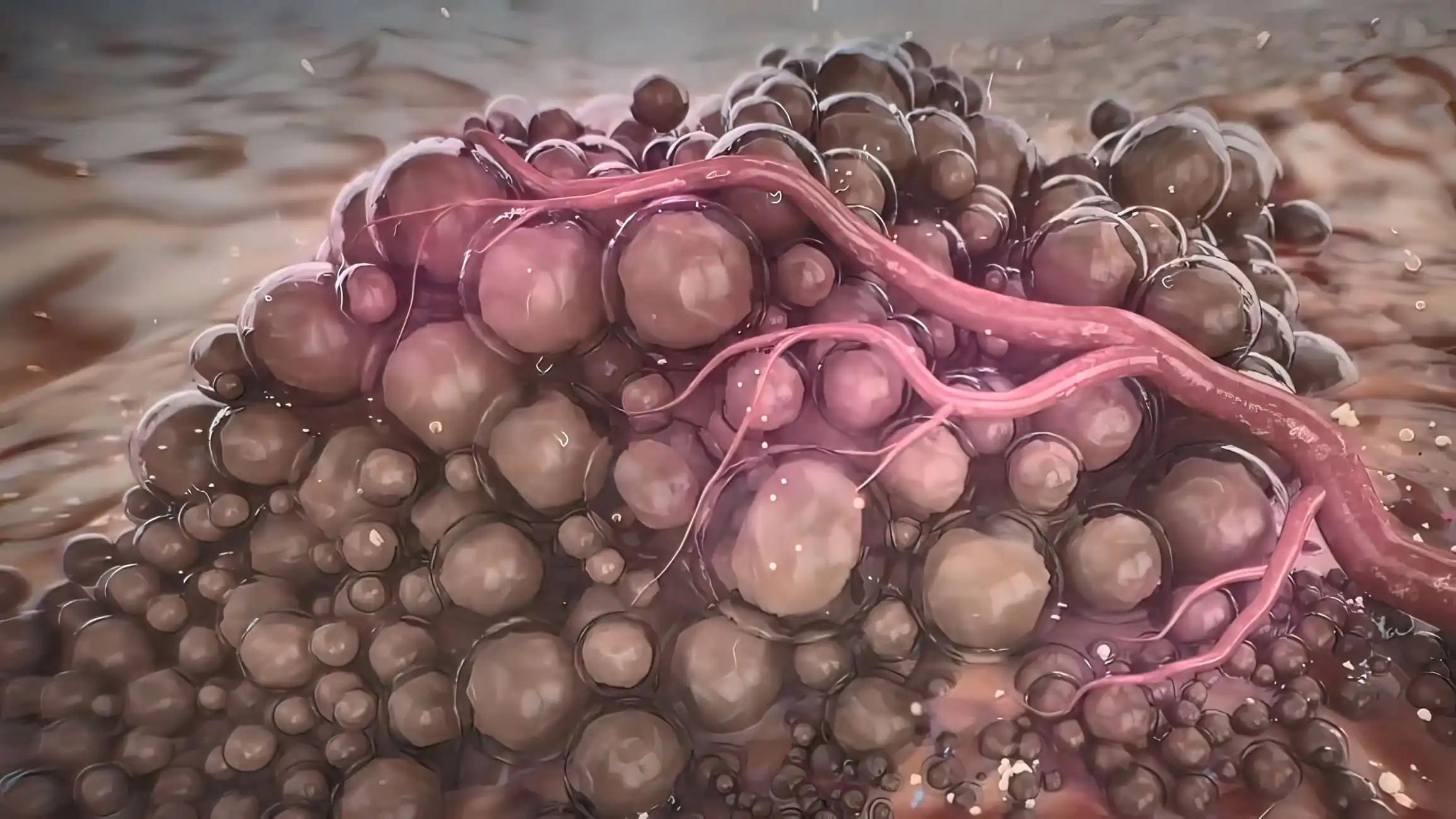KEY TAKEAWAYS
- The study aimed to identify genetic causes of protein and mRNA expression variations in UM cell lines.
- Researchers noted that Mel285 and Mel290 differ from other UM cell lines and may not be suitable for therapeutic testing.
Uveal melanoma (UM) cell lines are being extensively utilized for preclinical research because not all cell lines exhibit typical GNAQ or GNA11 hotspot mutations.
Maria Chiara Gelmi and the team aimed to better classify UM-cell lines by determining whether genetic causes can explain their protein and mRNA expression profiles, with a special emphasis on cell lines without the typical GNAQ or GNA11 hotspot mutations.
Researchers designed this study to assess the protein and mRNA expression in 14 UM cell lines and detect the presence of single nucleotide variants and small insertions and deletions with next-generation sequencing (NGS) and copy number alterations with a single nucleotide polymorphism (SNP) array.
They merged the lists of differentially expressed proteins and genes and created shared lists by keeping only terms with concordant mRNA and protein expression and further performed the enrichment analyses on the shared lists.
Results revealed that cell lines Mel285 and Mel290 were distinct from GNAQ/GNA11-mutated cell lines and exhibited downregulation of melanosome-related markers. Both cell lines lacked typical UM mutations but had putatively deleterious variants in various genes: Mel285 had mutations in CTNNB1, PPP1R10, LIMCH1, and APC, while Mel290 had mutations in ARID1A, PPP1R10, SPG11, and RNF43.
Additionally, Mel285 showed chromosomal losses including 1p, 3p, partial 3q, 6, and partial 8p, whereas Mel290 showed losses of 1p and 6.
Moreover, the upregulated terms in Mel285 and Mel290 did not indicate a clear alternative origin while in the remaining 12 cell lines, expression profiles were related to BAP1 expression.
The study concluded that, despite Mel285 and Mel290 exhibiting copy number alterations characteristic of UM, multi-omics analyses showed that they belong to a distinct group compared to the other UM cell lines analyzed. Therefore, they may not serve as representative models for testing potential therapeutic targets for UM.
The study was supported by the Bontius Foundation, Oogfonds, the Sam Fund, the Leiden University Fund, P.A. Jager-van Gelder Fund, the Blinden-Penning Foundation, and the Scientific Association for Retinoblastoma and Ocular Oncology.
Source: https://pubmed.ncbi.nlm.nih.gov/39042403/
Gelmi MC, de Ru AH, van Veelen PA, et al. (2024). “Protein and mRNA Expression in Uveal Melanoma Cell Lines Are Related to GNA and BAP1 Mutation Status.” Invest Ophthalmol Vis Sci. 2024 Jul 1;65(8):37. doi: 10.1167/iovs.65.8.37. PMID: 39042403.



